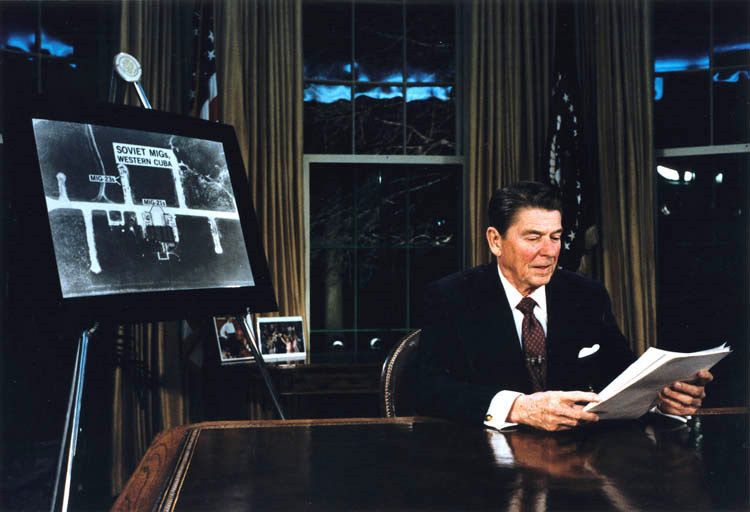Circa 2018
In 1963, L. Herwig proposed the nuclear pumped laser, based on the idea that the ions produced from nuclear reactions can be used as a driver for the laser medium. Since high power and high efficiency lasers with short wavelengths require high pumping power densities, nuclear pumping is an extremely appealing method. Nuclear pumped lasers could therefore direct significant amounts of energy emitted in a nuclear explosion into a very narrowly collimated beam. This beam would not only be able to destroy or damage targets from very long ranges, but also preclude subsequent use due to its own self-damaging mechanism to the initial weapon. [1] This system would ultimately constitute “a ‘third generation’ of nuclear weapons, the first two generations being the atomic (fission) and the hydrogen (fusion) bombs,” according to Edward Teller, also known as “the father of the hydrogen bomb”. [2] In this sense, it would be able to target energy toward specific targets instead of spreading energy into all directions.
Strategic Defense Initiative
On March 23, 1983, President Reagan announced plans to build a defensive Anti Ballistic Missile (ABM) system to protect against a potential intercontinental ballistic missile attack on the United States (Fig. 1). The Strategic Defense Initiative (SDI) program outlines a multilayered defense system. The first line of this defense aimed to destroy missiles in their boost phase just after launch, with a candidate for this first line being the nuclear-explosion-pumped X-ray laser. [2].
